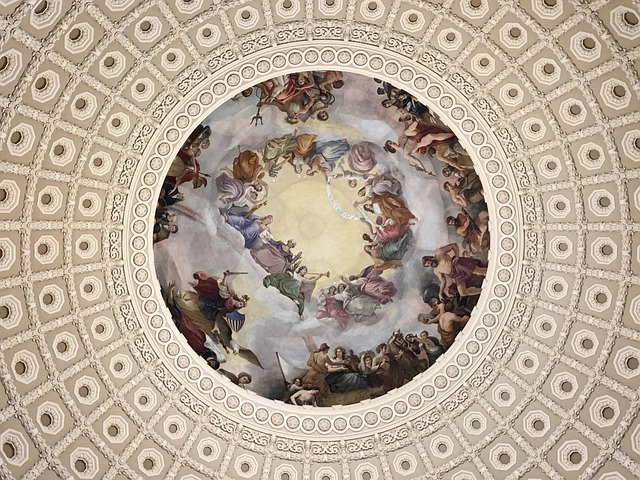
Monetary Policy & Inflation | US

Monetary Policy & Inflation | US
This article is only available to Macro Hive subscribers. Sign-up to receive world-class macro analysis with a daily curated newsletter, podcast, original content from award-winning researchers, cross market strategy, equity insights, trade ideas, crypto flow frameworks, academic paper summaries, explanation and analysis of market-moving events, community investor chat room, and more.
As expected, the Fed hiked the Fed Funds rate (FFR) 25bp. And in line with market pricing, the Summary of Economic Projections (SEP) showed 175bp hikes in 2022. Chair Jerome Powell further hinted that assuming market stability, quantitative tightening will likely start in May.
I was only expecting the SEP to show 125bp hikes in 2022 given Powell’s statement at his Congressional testimonies on 2 and 3 March (FOMC Preview – Will the Fed Walk the Talk?). Two weeks ago, Powell said it was too soon to assess the impact of the Ukraine crisis and that he would stick to normalization plans devised before the invasion.
Yet today’s FOMC statement said, ‘The invasion of Ukraine by Russia is likely to create additional upward pressure on inflation and weigh on economic activity.’ The higher than expected 2022 hikes likely reflected the Fed’s decision to account for the higher inflation risks caused by the Ukraine crisis.
The Fed’s change of tack could reflect that it is now more confident the Ukraine crisis will persist. It could also reflect criticism from GOP senators during Powell’s testimony that the Fed has fallen behind the curve.
The curve flattened, and the equity market rallied. I think the equity market reaction reflects that, despite the seven hikes planned for 2022, the Fed remains gradualist:

In my FOMC preview, I had sketched out two scenarios: tighten proactively and less or tighten reactively and more. I attached a risk of stepped-up tightening and a hard landing in 2023 to the second scenario. The policy gradualism the Fed showed today suggests we are more likely to be in the second than the first scenario.
The improvements in supply bottlenecks the Fed is expecting are unlikely to materialize. This is not only because of the Ukraine crisis but also because of the resurgence of Covid in China. In response to an increase in cases, China has implemented a series of lockdowns. China remains highly exposed to Covid since its zero-Covid policy implies it has low collective immunity.
Against these continued negative supply shocks, the ongoing US demand slowdown may be too slow to reduce resource pressures. The Fed’s SEP expects unemployment to remain below the long-term estimate throughout the projection period. Consequently, MoM inflation may not slow down as the Fed expects. It could even accelerate if, as I expect, the Ukraine crisis leads to an oil shock. Eventually, the Fed may have no choice but to tighten more aggressively, starting around late 2022. That could lead to a hard landing in 2023.
Market pricing for 2022 is equal to the 2022 dot but 60bp below the 2023 dot. I expect the Fed to accelerate tightening in late 2022 and 2023, and the market is therefore underpricing the end-2022 and end-2023 FFR.
Spring sale - Prime Membership only £3 for 3 months! Get trade ideas and macro insights now
Your subscription has been successfully canceled.
Discount Applied - Your subscription has now updated with Coupon and from next payment Discount will be applied.